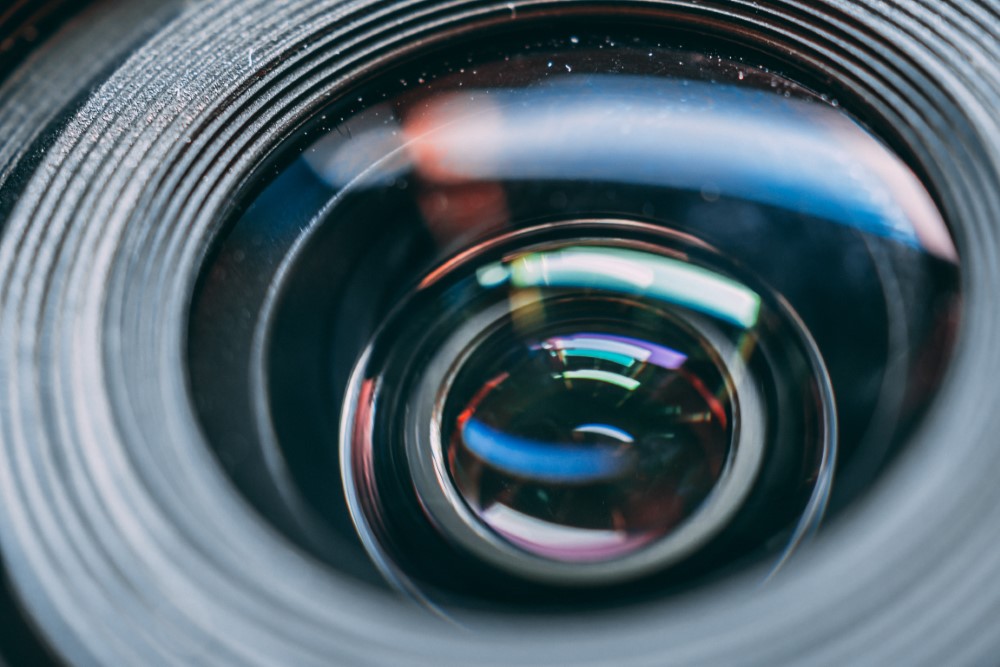You Probably Don't Need an f/2.8 Lens

I’m serious. You probably don’t.
Here’s the thing, guys, if you need a lens with an f/2.8 or larger aperture, you already know it, so why are you reading this article? Perhaps you suspect that I’ll talk you out of it somehow, teach you something you don’t know about the fundamental physics of light and save you a few bucks.
Well, sorry to let you down, but I won’t be breaking any laws of physics today. But if you’re here because you’re actually not sure if you should spring for that fancy and expensive f/2.8 lens, I think I can talk you out of it, unlike Nando Harmsen of Fstoppers, who decidedly expressed almost no opinion at all.
That Fstoppers article appeared in one of my headline feeds and, as someone who has struggled with this question himself, and who carries with him most of the time an f/4 lens, I wanted to be convinced one way or the other.
Instead, what I got was one of these milquetoast clickbait articles whose headline poses a legitimate question that a reasonably sized audience would be interested to learn the answer to, but whose body contains literally no answer at all and instead rehashes facts that nearly any literate person probably already knows and defers to the reader’s personal judgment.
Nando, my man, I write this with respect for your attempt, but, have an opinion, dude.
In my opinion, the majority of people don’t actually need an f/2.8 (or faster) lens. The chances are pretty good that even if you have one, you shoot wide open with it pretty infrequently. If your particular business or artistic interest lives in that zone of luscious bokeh or low-light performance, you already know that and nothing I say should change your mind here.
But, if you shoot a variety of subjects, and mostly during the day, and you have a camera made in the last five or even ten years, you probably can get by with f/4. Again, if you’re someone who is absolutely obsessed with that luxuriously smooth bokeh, then you know this already and you should stop reading.
I have owned a good number of f/2.8 (and wider) lenses in my life, so I wanted to put this to a statistical test. Fortunately, I have also used Lightroom since it was in beta, and I have one giant catalog, so this is an answer that I can get.
My catalog contains a total of 53,794 photos. Of those, 41,090 were shot at f/4 or higher (that’s 76%)! The number of photos I’ve shot at f/2.8 exactly is only 4,811.
I have gone on a great many trips with f/2.8 lenses and mostly stopped them down to somewhere between f/2.8 and f/4, or beyond f/4. In my catalog I have only 1,378 photos shot between f/2.8 and f/4 (exclusive), which is only 2.5% of all of my photos, almost a statistical anomaly.
The point that I’m trying to get across here is that if you are unsure whether you should spring for that f/2.8 lens, which in many cases may cost twice as much as the f/4 version of the same lens, because you are concerned that without that range of aperture wider than f/4 there will be shots you will miss, I think you should save the money.
As a concrete point of comparison, let’s look at the Sony Vario-Tessar T* FE 16-35mm f/4 ZA OSS (a lens with a completely ridiculous name) versus the Sony FE 16-35 f/2.8 GM. These lenses are both very well-reviewed and are equivalent in nearly all performance aspects, but the f/4 sells right now on B&H for $1,350 while the f/2.8 goes for $2,200.
Is that additional aperture worth $850 to you? Perhaps it is. In the 70-200mm focal length the difference is even more stark: the Sony FE 70-200mm f/4 G sells now for $1,500 while the Sony FE 70-200mm f/2.8 GM is a whopping $2,600.
For me, that extra few stops of light wasn’t worth $1,100. Plus, the f/2.8 is much heavier, which is true of all f/2.8 lenses thanks to the number of lens elements required to make that wide-open aperture sharp and consistent. Believe me, the f/4 is heavy enough after you’ve been carrying it around all day.
There are a couple of reasons you may want to pick up the f/2.8 version of a lens, and it’s up to you to determine whether it’s worth the extra cost:
-
For some lenses, the f/2.8 version is sharper or has better color or autofocus overall. That is not the case with the Sony models I listed, but may be true for others, so do your research. Whether those differences matter to you depend a lot on the style of photography you’re into.
-
For some lenses, the f/2.8 version is weather-sealed and the others are not. This does tend to be the case with ones like the Sony where the f/2.8 is their “G Master” version (equivalent to Canon “L” or Nikon “Nikkor”). Again, do your research. I’ve taken non-weather-sealed cameras and lenses under the base of waterfalls and been fine, but it depends on the kind of work you do.
-
If you are deeply into portraiture or astrophotography, you need that huge light opening or the soft bokeh. Again, I think you probably know that already and wouldn’t be reading this if you were sure, but I mention it for maximum clarity.
So that’s my take; I really don’t think most people actually need apertures wider than f/4, and I would encourage anyone on the fence about it to just save the cash and spend it on something else that you know you’ll use.
 Single-Serving Photo
Single-Serving Photo
Comments